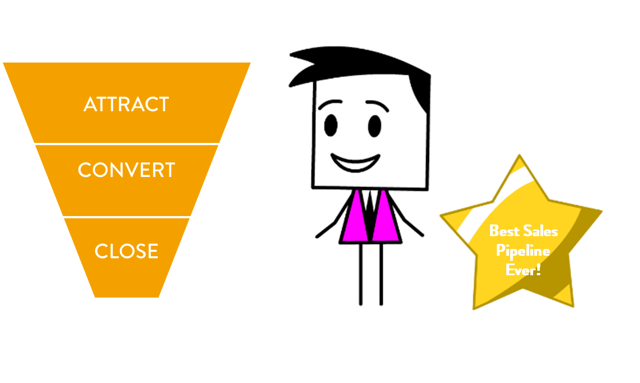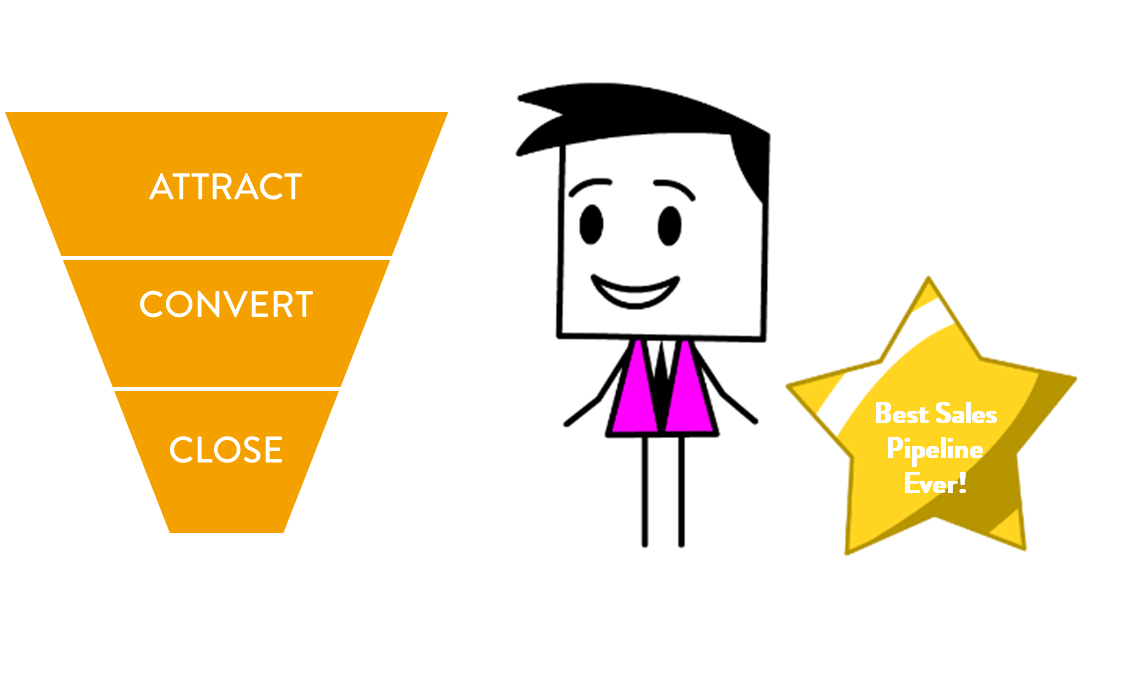
Your sales pipeline indicates the health of your business and helps you to be in control of your sales figures.
Pipeline management involves how it’s planned, how it’s measured and how it’s used to drive your sales performance. If you invest the time to define your sales process by using clearly understood stages and milestones, your sales team will be more effective in their roles, you can eliminate bad data, and you will improve the revenue of your business.
We all want that never-ending supply of leads and opportunities, and we also want these to result in closed deals. Being organised enables you to make follow-ups that are more effective, and helps you to win more deals and repeat business.
Follow our top tips
To increase the rate of cash flow into your business, looking at your sales and lead generation activities will give you better results. What are the factors or variables that help to advance a deal? How many deals do you need in order to meet your objectives? You know that sales are the primary driver for your business so here are some top tips on how to you sell more and create an award-winning pipeline:
- Start with your buying personas. Create at least two top buyer personas that typify your different types of customers. Create negative ones to capture those you want to rule out quickly. Don’t get bogged down with creating too many early on – instead, create a couple and then add to them over time.
- Use the buyer personas to define your target universe, and create a mix of clients, ex-clients, failed quotes and new prospects. Target each set differently.
- Do your research – especially for potentially large accounts – look at the landscape and issues facing these companies so you can feed that into marketing and personalise content.
- Work with marketing to agree lead generation and lead qualification strategies, e.g. how marketing qualified leads (MQLs) are followed up and what happens to turn it into a sales qualified lead (SQL)?
- Have a solid nurture strategy and make use of marketing collateral. Include both email and calling at intervals that are aligned with the prospect’s sales cycle.
- Learn from your successes and mistakes, and pass that feedback around to everyone involved. Repeat what went well and learn from what didn’t so you don’t make the same mistakes.
- Cross-sell and up-sell to new and old customers as part of a planned and measured approach for account development.
Getting on the right track
When you understand the buying behaviour of people and companies that may need what you sell, you’re on the right track to building a successful pipeline. Your sales process should align with how your customers move through their buying process.
The sales pipeline is the core of any organisation. It powers your growth, but it can put you out of business if not managed or assessed proactively. A strong sales pipeline helps you to make the right decisions, and brings stability and growth to your business. But it doesn’t come easy for many.
Increasing revenue is easier to control if you have the mechanisms in place to measure and prioritise sales and marketing processes. Master this and you’re well on your way to crafting an award-winning sales pipeline!








